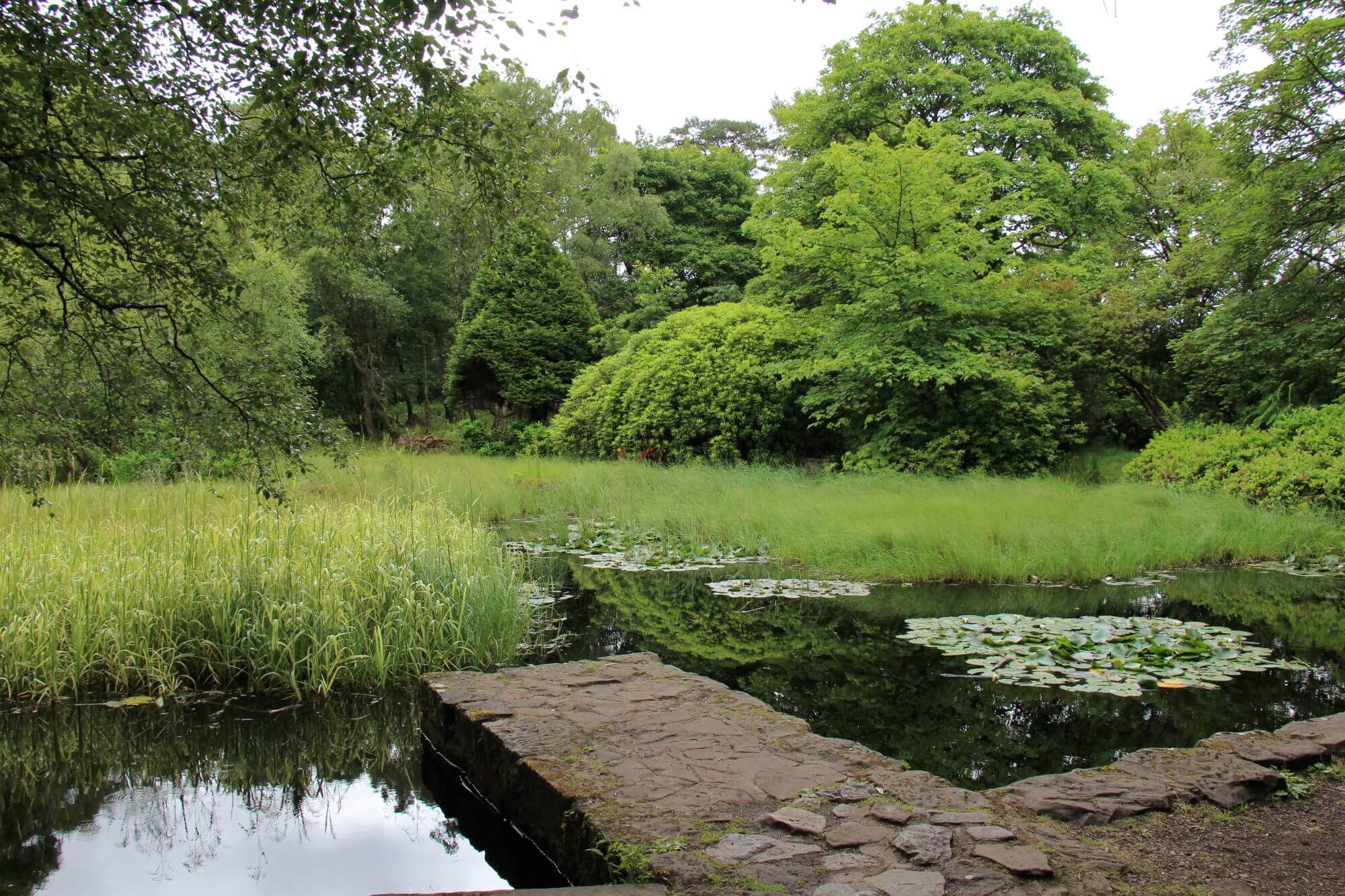Gallowhill and The Drowning Pond
The last man to die here was Patrick MacNicholl in March 1718. MacNicholl and five others had been arrested at Inversnaid on Loch Lomondside whilst attempting to steal cattle belonging to the Duke of Montrose. The accused were taken to Mugdock Castle and held there in the small cell at the base of the south-west tower to await trial. On 6th December 1717,the six prisoners overpowered the jailor’s son and his servant when the pair brought them their supper. As they raced towards the Castle gate, they found their way barred by the jailor himself, John Graham. In the ensuing scuffle, Graham was stabbed several times and later died of his wounds. MacNicholl, who was stunned during the exchange of blows, lay on the ground nearby his fellow prisoners having escaped under cover of darkness.
The charge against MacNicholl was now no longer one of cattle-thieving but of murder although no one had witnessed MacNicholl striking the victim. He was tried by the Court of Justiciary on 13th and 14th March 1718 before a jury composed of 43 men, most of whom were Grahams. The verdict was a foregone conclusion. MacNicholl was found guilty and executed by hanging at the Gallow Hill on 28th March 1718. The executioner was paid 20 pounds Scots for “turning him off”.

The Drowning Pond
Near the summit of Gallow Hill is the Drowning Pond. During the reign of the Covenanters in Scotland in the mid-17th Century, the punishments inflicted on convicted criminals were harsh. Confessions were often extracted by instruments of torture. Where men would be hanged on the gallows, women would be drowned in the pond, as drowning was of old the punishment for women. Drowning was also the usual sentence for those convicted of arson. The small drowning pool was replaced by a much larger lily pond around 1816.

